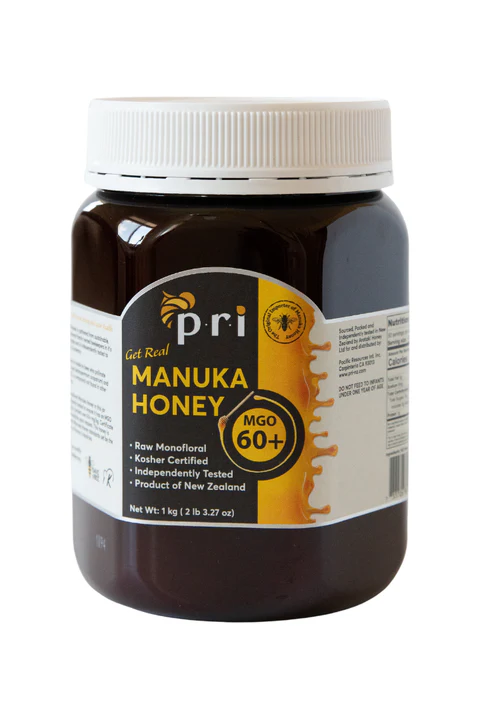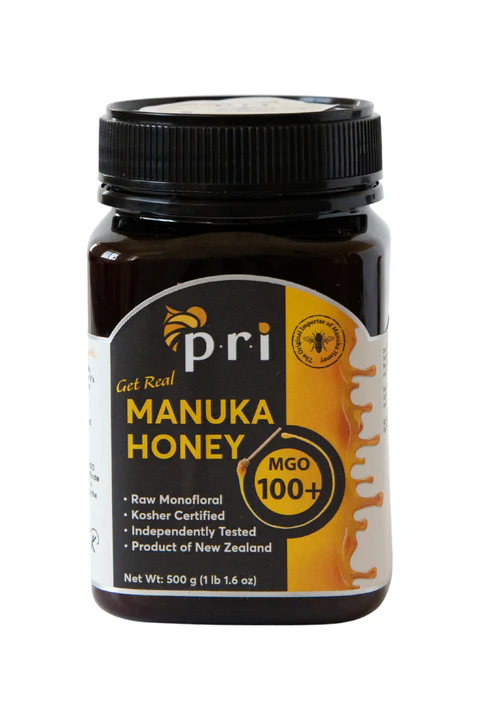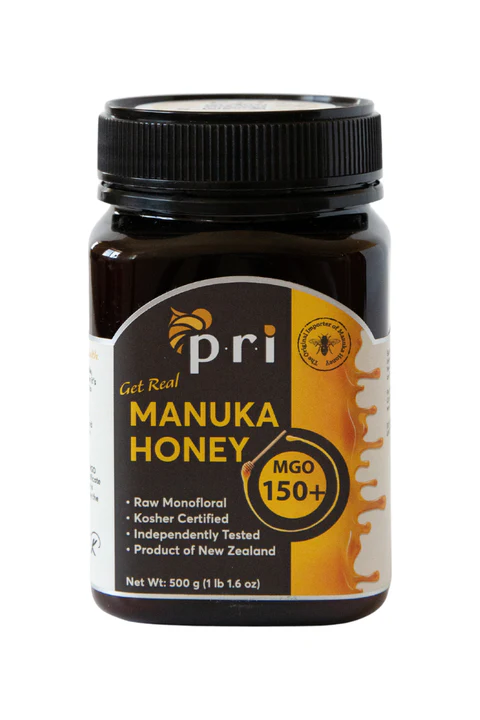Skin and chronic wound infections caused by Staphylococcus aureus are on the rise worldwide. To make matters worse this bacteria, which is a common causative agent of acute and chronic skin infections, has now become resistant to antibiotics. In the United States alone chronic wound infections affect 6.5 million patients and is estimated to cost the US $25 billion annually.(3) Unfortunately, this number is forecasted to increase in the future as we see an increase in foot, venous leg, and pressure ulcers caused by obesity and diabetes. (3) These slow- or non-healing wounds pose a significant risk of sepsis and can result in invasive inflammatory disease such as infective endocarditis, which is associated with high mortality and morbidity. (4)
 As these infections become resistant to antibiotics other options are sought out to help to the body with healing. Unfortunately, commercial development of new classes of antibiotics has diminished over the past 15 years so there is an urgent need for new approaches to treat these infections. (3) Recent studies have found that combined treatments can lower the therapeutic dose of antimicrobial agents and help to prevent the development of drug resistance. (1) This drug synergy in some cases has a greater activity than the sum of the individual activities of each drug partner. So guess what’s being combined with oxacillin, tetracycline, imipenem, rifampicin and mupirocin (all common antibiotics) against the growth of MRSA? It’s Manuka honey of course!
As these infections become resistant to antibiotics other options are sought out to help to the body with healing. Unfortunately, commercial development of new classes of antibiotics has diminished over the past 15 years so there is an urgent need for new approaches to treat these infections. (3) Recent studies have found that combined treatments can lower the therapeutic dose of antimicrobial agents and help to prevent the development of drug resistance. (1) This drug synergy in some cases has a greater activity than the sum of the individual activities of each drug partner. So guess what’s being combined with oxacillin, tetracycline, imipenem, rifampicin and mupirocin (all common antibiotics) against the growth of MRSA? It’s Manuka honey of course!
In a study done by Carter et al. synergistic activity against multiple S. aureus strains including some MRSA strains was found between Manuka honey and rifampicin. Rifampicin is commonly used to treat infections as it penetrates well into tissues and abscesses. However, used alone it rapidly induces resistance. The presence of Manuka honey was shown to helped to prevent this drug from developing this resistance. (1)
An additional finding in this study was that the synergy was not from MG, which we’ve talked about in prior articles as being the key part of honey’s antimicrobial activity. (1) Although the precise antimicrobial action of honey is unclear, several components have been identified that contribute toward its antimicrobial activity, including high sugar content, low water activity, low pH, and the transformation of hydrogen peroxide upon dilution. In addition, Methylglyoxal (MG) has been identified as the dominant antimicrobial component of Manuka honey.(4) This study demonstrated that, although MG alone displays a clear antibacterial activity, MG is not the sole reason for the antimicrobial activity of Manuka honey. More importantly, while a combinational treatment of MG and rifampicin resulted in increased sensitivity of S. aureus to rifampicin it didn’t destroying the bacteria by it’s self.(3)
Honey has several antibacterial components, which is likely why, unlike antibiotics, it does not induce resistance in bacteria. Essentially Manuka honey causes bacteria to fail to manifest resistance to drugs in the laboratory tests by inhibiting the bacteria’s ability to reproduces and take over. (2) It does this by altering the levels of protein synthesis components, including ribosomal proteins. (4) (Watch for article “What does Manuka honey do to bacteria, exactly?”, coming soon)
However, honey represents a ‘challenge to the norm’ for healthcare workers and remains under-utilized in mainstream healthcare, often only used as a last line treatment when other therapies have failed. This is partly due to the lack of comprehensive scientific evidence supporting its clinical use.(4)
The results of these studies are encouraging, and controlled clinical studies are needed to define the efficacy of a honey-rifampicin combination in vivo. Further study is also needed to determine the underlying mechanism of this synergistic action.
Go to Shoppri.com for our wide selection of Manuka Honey.
Sources
1.Carter, D. A., Blair, S. E., Cokcetin, N. N., Bouzo, D., Brooks, P., Schothauer, R., & Harry, E. J. (2016). Therapeutic Manuka Honey: No Longer So Alternative. Frontiers in Microbiology, 7, 569. http://doi.org/10.3389/fmicb.2016.00569
2.Jenkins R., Cooper R. (2012). Improving antibiotic activity against wound pathogens with manuka honey in vitro. PLoS ONE 7:e45600 10.1371/journal.pone.0045600
3.Müller P., Alber D. G., Turnbull L., Schlothauer R. C., Carter D. A., Whitchurch C. B., et al. (2013). Synergism between Medihoney and rifampicin against methicillin-resistant Staphylococcus aureus (MRSA). PLos ONE 8:e57679 10.1371/journal.pone.0057679
4.Liu M., Lu J., Müller P., Turnbull L., Burke C. M., Schlothauer R. C., et al. (2014). Antibiotic-specific differences in the response of Staphylococcus aureus to treatment with antimicrobials combined with manuka honey. Front. Microbiol. 5:77910.3389/fmicb.2014.00779
Manuka Honey Blend

$ 18.99
Our family was the first to bring distinctive, authentic, cool-processed, raw Manuka Honey to the U.S. Sourced from native Manuka trees found in New Zealand & Australia, Manuka Honey has been used for centuries by native peoples. Today doctors, naturopaths,… Read More
Manuka Honey 60+

$ 51.99
***New Label - Same great Manuka honey!*** Our family was the first to bring distinctive, authentic, cool-processed, raw Manuka Honey to the U.S. Sourced from native Manuka trees found in New Zealand & Australia, Manuka Honey has been used for… Read More
Manuka Honey 100+

$ 29.99
Our family was the first to bring distinctive, authentic, cool-processed, raw Manuka Honey to the U.S.Sourced from native Manuka trees found in New Zealand & Australia, Manuka Honey has been used for centuries by native peoples. Today doctors, naturopaths, and… Read More
PRI Manuka Honey MGO 150+

$ 34.49
Our family was the first to bring distinctive, authentic, cool-processed, raw Manuka Honey to the U.S. Sourced from native Manuka trees found in New Zealand & Australia, Manuka Honey has been used for centuries by native peoples. Today doctors, naturopaths,… Read More




